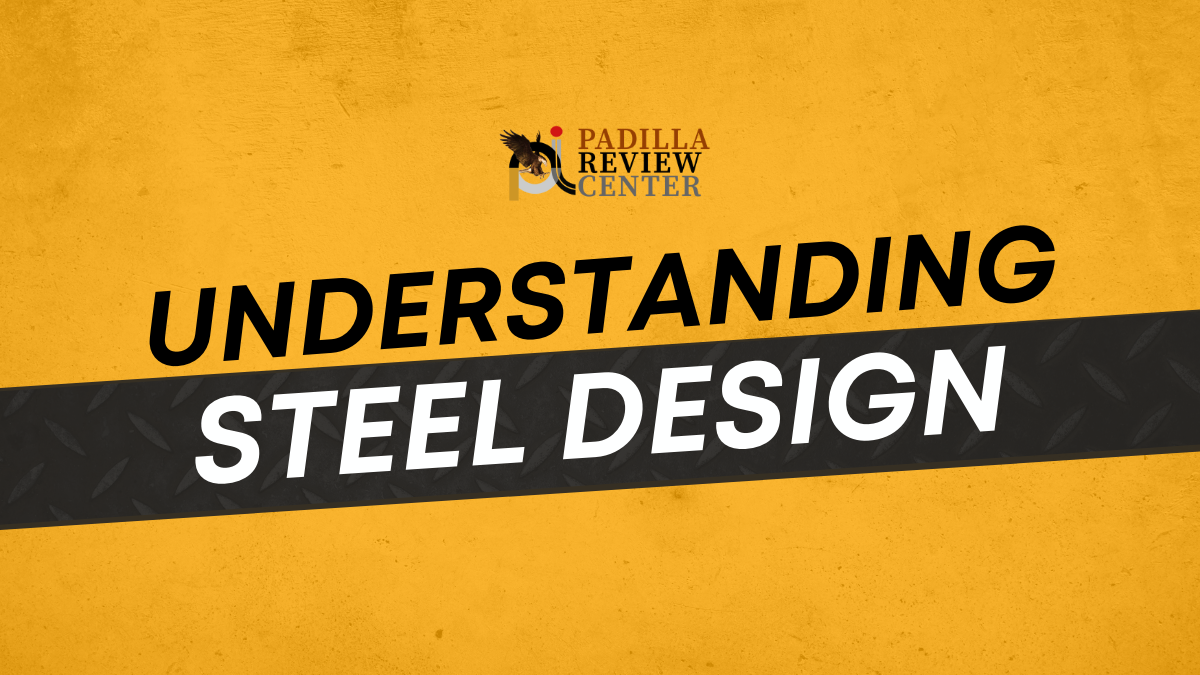Ever wondered how tall buildings, warehouses, schools, bridges, ships, stadiums, and anything of the like are built? Well, there is an area of structural engineering that is very efficient and now highly used to design steel structures. They call it… structural steel design.
What is steel design?
Steel design, or structural steel design, is a branch of structural engineering that deals with the design of steel structures. The main purpose of structural steel design is to check the viability of steel for any kind of project. Structural safety provides a lot of benefits, not to mention it is where building plans rely on.
Importance of steel design in the engineering industry:
Understanding steel design provides facts and benefits that will help in comprehending the inherent connection between the characteristics of materials and the building design. This is critical in the engineering industry. Steel construction employs systematic education of both traditional and specialized construction processes in the development of innovative solutions.
Methods of steel structure design:
There are three different methods for the design of steel structures:
- Simple design
- This is the most traditional and commonly used approach in steel design. Except for nominal moments arising from eccentricity at joints, no moment is believed to be transferred from one connected member to another. Here, joints are idealized as perfect pins.
- Continuous design
- This type of design is more complex compared to simple design therefore software is commonly used to analyze the frame. The frame’s sway resistance is provided via frame action (i.e. by bending of beams and columns). Continuous design is a method of steel structure design that assumes that joints are rigid and that there is no relative rotation of connected members occurs whatever the applied moment.
- Semi-continuous steel design
- The most complex method is semi-continuous design as the real joint is more realistically presented. However, there are two simplified procedures that exist for both braced and unbraced frames; (i) The wind moment method, for unbraced frames. This procedure assumes the beam/column joints to be pinned when considering gravity loads. However, they are believed to be rigid under wind loading, which means that lateral stresses are handled via frame action. (ii) When it comes to braced frames, the true joint behavior is taken into account in this technique to lessen the bending moments and deflections imparted to the beams.
In the engineering industry, it is safe to say that steels are a game-changer. Not only does it have a lot of benefits, but it’s also pretty flexible too with a lot of different methods to approach with.
References:
http://www.fao.org/3/i2433e/i2433e04.pdf
What are Methods of Steel Structure Design?


Its like you read my mind! You seem to understand so much approximately this, like you wrote the
book in it or something. I feel that you simply could do with a
few p.c. to drive the message house a little bit, but
instead of that, that is great blog. A great read. I will certainly be back.
Great delivery. Great arguments. Keep up the good spirit.
I do not even know how I ended up here, but I thought this post was good.
I do not know who you are but certainly you are going to
a famous blogger if you aren’t already 😉 Cheers!
Good info. Lucky me I found your website by accident (stumbleupon).
I’ve bookmarked it for later!
I constantly emailed this weblog post page to all my associates, as
if like to read it next my contacts will
too.
Do you mind if I quote a couple of your posts as long as I provide
credit and sources back to your weblog? My website is
in the very same area of interest as yours and my users would really benefit from some
of the information you present here. Please let me know if this alright with you.
Thanks a lot!
I am genuinely happy to read this website posts which carries tons of valuable data, thanks
for providing these data.
Greetings! I’ve been reading your blog for a long time now and finally got
the bravery to go ahead and give you a shout out
from Huffman Texas! Just wanted to mention keep up the excellent work!
Hi there, its pleasant piece of writing about media print, we all understand media is a impressive source
of information.
It’s going to be ending of mine day, except before ending I am reading this wonderful piece
of writing to increase my know-how.
This design is spectacular! You certainly know how
to keep a reader amused. Between your wit and your videos, I
was almost moved to start my own blog (well, almost…HaHa!) Fantastic
job. I really enjoyed what you had to say, and more than that, how you
presented it. Too cool!
I got this web page from my pal who informed
me regarding this site and at the moment this time I
am visiting this web page and reading very informative content at
this time.
Yes! Finally someone writes about xnxx.
Excellent way of telling, and good post to take facts about my presentation focus, which i am going to convey in university.
I love it when individuals come together and share ideas.
Great blog, continue the good work!
Asking questions are truly nice thing if you are not understanding anything totally, however this article gives pleasant understanding
even.
I simply couldn’t leave your web site before suggesting that I extremely loved the
standard information an individual provide on your guests?
Is gonna be back frequently in order to investigate cross-check new posts
This blog was… how do you say it? Relevant!! Finally I have found something that helped me.
Thank you!
It’s a shame you don’t have a donate button! I’d without a doubt donate to this excellent blog!
I guess for now i’ll settle for bookmarking and adding your RSS feed to my Google account.
I look forward to new updates and will share this site with my Facebook group.
Chat soon!